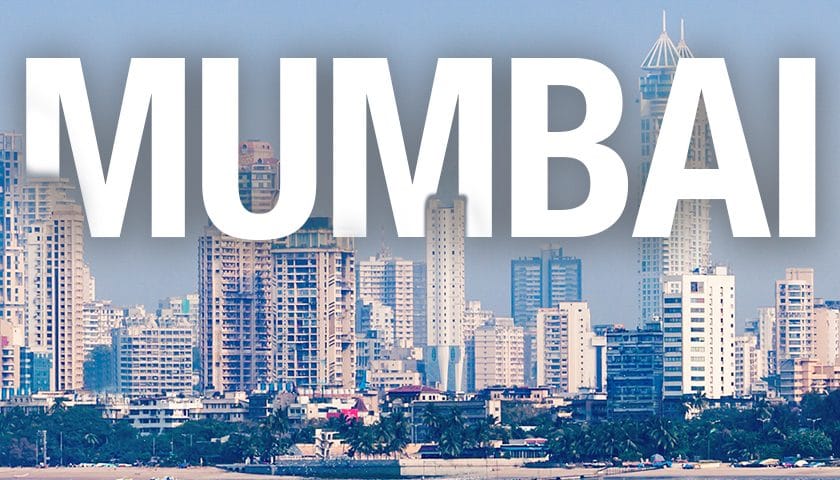What are the factors that influence the development of a city? Well, it’s undoubtedly the growth of infrastructure, which increases the livability quotient.
Robust infrastructure always has a positive impact on the nation’s economy and overall growth. The success story of the Indian real estate sector can also be scripted to the slew of policy reforms and thrust on mega infrastructure development. For a city like Mumbai, it is quite visible in the recent developments. For instance, the Eastern Freeway has ensured easy connectivity between Chembur and South Mumbai, which has, in turn, catalysed the residential development in and around Chembur.
Over the last few years, Mumbai has seen several large-scale infrastructural projects that have not only improved connectivity to other cities but also unlocked new micro-markets. With these infra upgrades, the financial capital of India is expected to see a massive transformation in the years to come.
So, what on the anvil? Some of the most-awaited infrastructure projects are:
Marine Drive 2.0

The project aims to revamp the land along the eastern waterfront completely. This new transport hub for Mumbai will boast of domestic cruises, water taxis, floating restaurants, and catamarans. It will also provide a network of passenger ships from Mumbai to Navi Mumbai and Alibaug, which will reduce the travel time and decongest the road traffic to some extent.
Mumbai Trans Harbour Link (MTHL)
Easing the way out, this 22km stretch bridge promises to reduce the commuting distance between South Mumbai and Navi Mumbai to just 30 minutes would be a blessing for the commuters. It will connect Sewri in the island city to Nhava Sheva in Navi Mumbai. It will connect from the central and southern Mumbai to the proposed Navi Mumbai airport.
The authority has already completed 80 percent of the soil testing work for erecting the pillars to construct the bridge. This may decongest Mumbai not only by diverting traffic but due to reduced travel time to Mumbai many people may opt to shift to Navi Mumbai. Thus, boosting residential development at both locations.
Navi Mumbai Airport
Next, on the list is the Navi Mumbai International Airport, touted as India’s first Greenfield International Airport. Spread across 2,867 acres, it will have the capacity to carry at least one crore passengers per year.
Metro Rail
The underground Metro rail project is also expected to be the game changer for Mumbai in the coming years. The Metro-3 corridor will zip through Colaba up to SEEPZ (Santacruz Electronics Export Processing Zone, an exclusive economic zone), making halts at 27 stations, out of which 26 will be underground. This Metro will subside the burgeoning load over the local rail. Eventually, this is going to be a game-changer in terms of the transportation scenario in the country’s financial capital.
Recently, the Mumbai Port Trust (MbPT) announced a master plan which proposes a major redevelopment. A 7km long promenade between Mazagaon Docks and Wadala; an ecological garden that will be five times the size of the 8.9-hectare Oval Maidan; and a marina which will offer a parking space for around 300 yachts.
All said and done, the announcement of these projects has positively impacted the real estate scenarios in certain micro-markets. These include Byculla, Sewri, and Wadala, which have recorded a surge in demand for residential, commercial, and retail. Additionally, these markets have also recorded a price appreciation over the last few years.
This article is contributed by Nandan Piramal, Director, Sales & Marketing, Peninsula Land Ltd.
The views expressed here are solely those of the author and do not necessarily represent or reflect the views of RoofandFloor.


